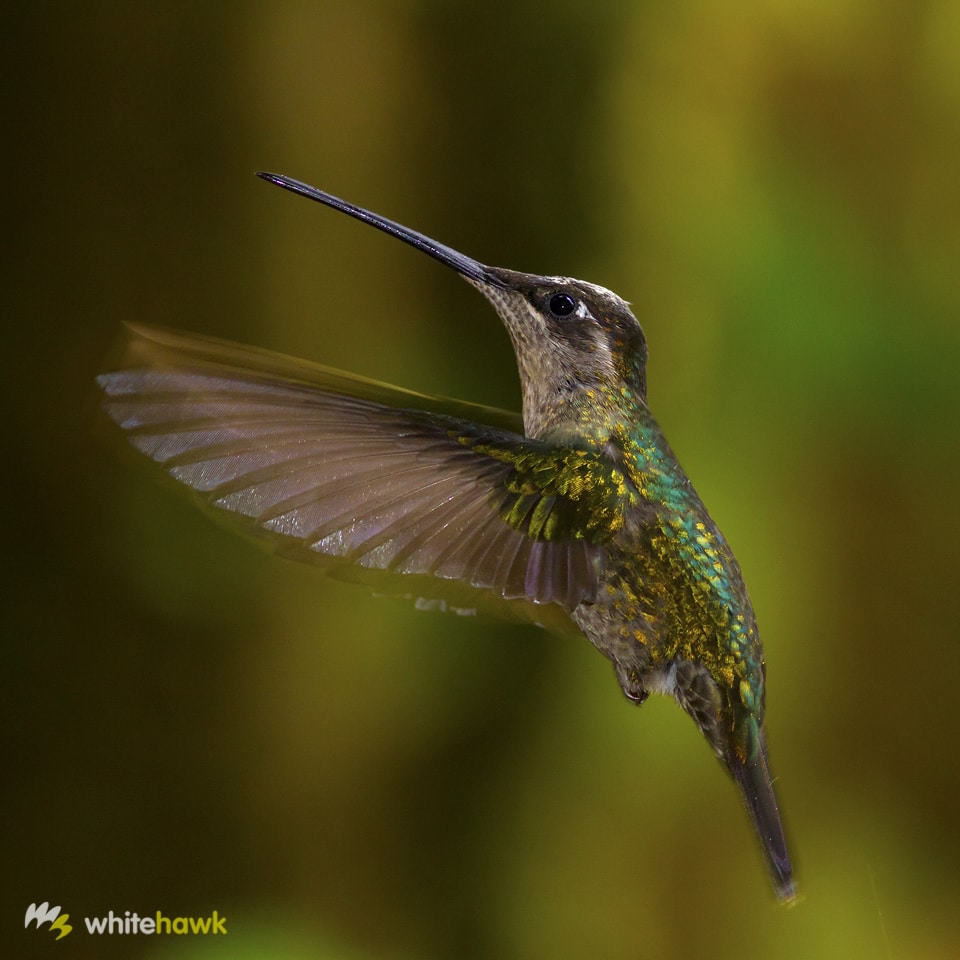
It probably wouldn’t come as a surprise to anyone who knows me that I love birds. I love hearing their calls wake me up in the early morning. And I love watching them soar overhead. It is fun to watch them hop along as they forage for food, or flash their bright colors as they quickly disappear into a tangle of leaves. As I child growing up in Los Angeles, I was thrilled when I caught an occasional sighting of Red-tailed Hawks (and coyotes and deer too, to be fair), or heard Great-horned Owls hooting in the night. Most of my adult life I have been connected to birds in some way. And for the past 25 years, I have been working to conserve them through my job with The Peregrine Fund.
So, it is quite natural that, when I have conversations with strangers and friends, I often bring up the subject of birds. Inevitably, their response is usually something along the lines of “Oh, I like birds. But I am not a birdwatcher.” This always leads me to ask myself the question – why do people feel that they aren’t birders or birdwatchers? Perhaps they feel there is a certain criteria one has to have in order to be considered a birder.
I guess we all do this to a certain degree. I like to draw, but I am not very good. So I would be very reluctant to call myself an artist. But, what does it mean to be an artist? A birder? Does the simple act of drawing – no matter the result – make one an artist? If you enjoy to bird your way, whatever way that may be, does it make you a birder? I would argue with a resounding YES!
Whether you are new to birding, are curious about birds and bird watching, or are a long-time birder, there are so many different ways you can go about enjoying this increasingly popular past time.
To keep or not to keep (a list)
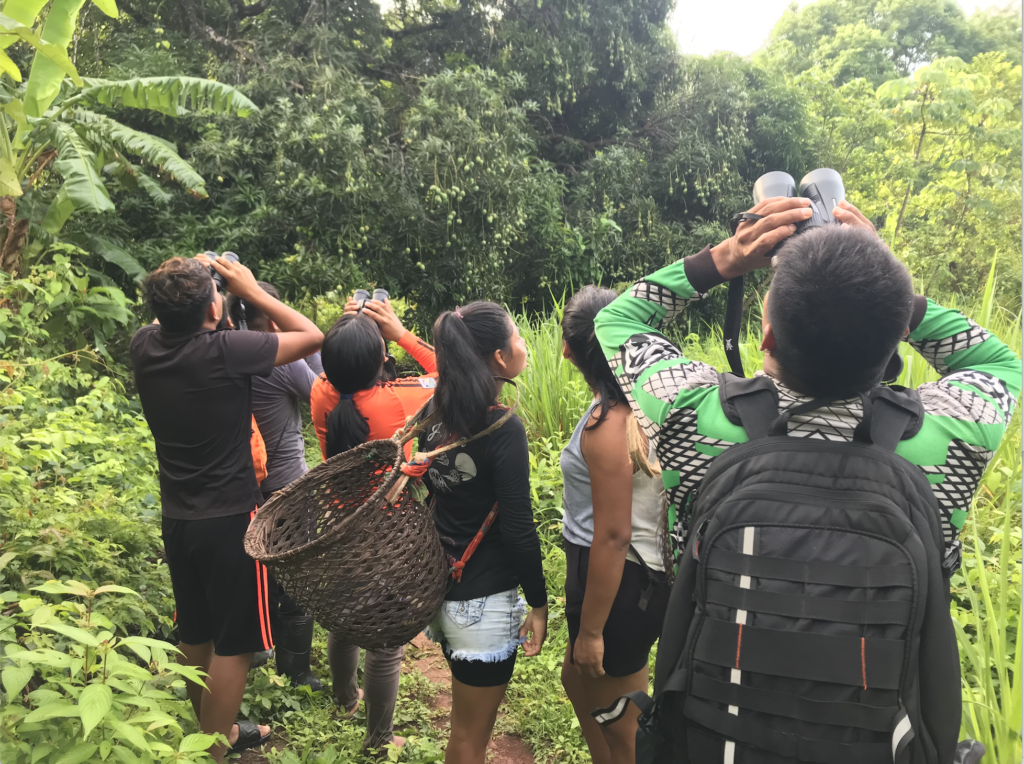
Though I didn’t start out as a lister per se, when I traveled, I did keep a note of the birds I saw for the first time. I jotted the date and place next to the image of the bird in my field guide. For me, this served more as a keepsake. It was a reminder of a trip spent enjoying birds and the outdoors, rather than a way to tally the list of avifauna I had seen in my life. As an added bonus, because I have always had a poor memory for details, it helped me remember the names of specific parks or reserves I had visited, the year I was there, and the things I saw. Other friends I know kept detailed field notes in a journal or a bird list in Excel.
Today, of course, it is easier than ever to keep lists of the birds you see. There are several applications that help us do this. Two of the more popular ones are eBird and Merlin. Both apps also aid in citizen science. This can help scientists understand population status, habitat use changes, migratory patterns, and many other important aspects of a bird’s biology that are key to aiding in its conservation. These applications also have maps of birding hotspots. These maps can help you plan a birding-related trip, whether in a park close to your home or a reserve halfway around the world. They can also help create connections with other birders by allowing you to share photos, recordings of bird calls, and more information.
But choosing not to keep a list is just as valid as keeping one. Enjoying the birds for their sake, perhaps not even being too concerned with their common or scientific names, can be a relaxing and pleasant way to observe our avian friends.
Photography, nature sketching, or sound recording perhaps?
At Whitehawk, we have run many tours for those who enjoy taking photographs of birds. During our Mindful Birding Retreats, we spend some time observing and sketching hummingbirds, tanagers, and other birds at local feeders. While not necessarily for everyone, both of these activities can enhance our birding experience. Photography challenges us to get creative with framing, lighting, and composition. And, at the same time, making sure our settings are correct for each situation. Whether capturing a bird soaring high in the sky, a hummingbird buzzing at a flower, or a songbird perched at the edge of a forest, photography helps us flex our creative muscles and enjoy watching birds all at once.
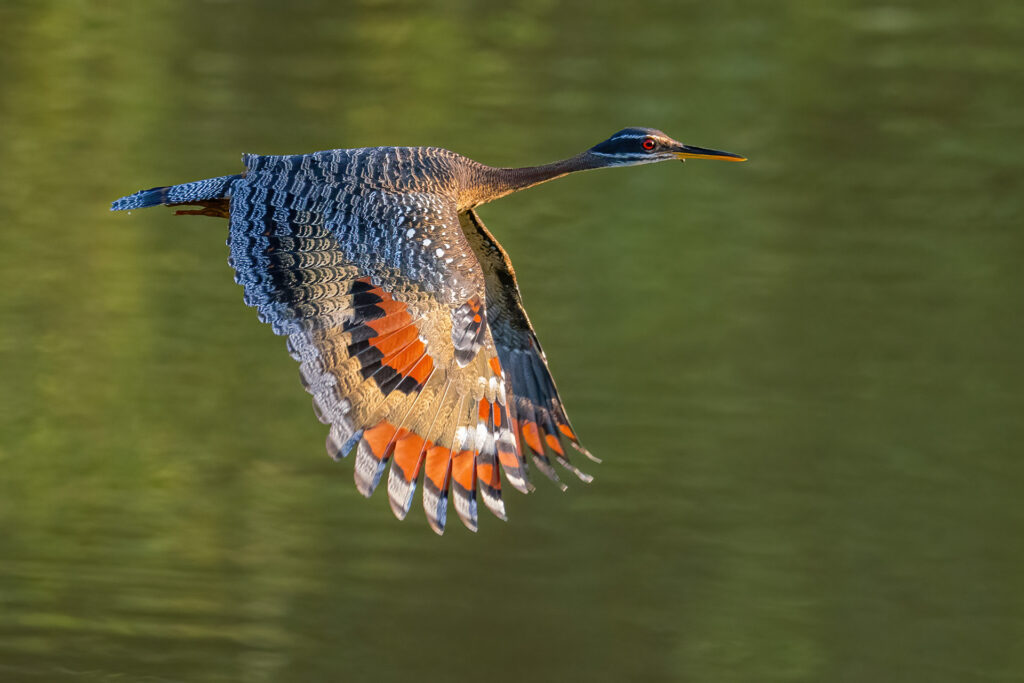
Nature sketching, on the other hand, requires us to slow down even further and watch our subject as closely as possible. To get as accurate a sketch as possible (even if we aren’t the most talented artists) we need to pay attention to every detail. Is the beak tapered or even? Does it curve up or down? What is the shape of the tail? The wings? Is our subject feeding, bathing, or preening? What does the light look like reflected in its eye? No matter the result of the sketch, it is the process of putting the images in our minds down on paper that can enhance our nature experience.
Most birders, to some degree, bird by ear. They identify bird species by their songs, calls, and even noises made by clacking their beaks, snapping their wings, or other behaviors. When thinking about the birds you are most familiar, it is likely you know at least one or two familiar calls. Others know the entire repertoire of all the birds in their state, region, province, or country. A fun way to learn bird calls and to contribute to citizen science is by recording bird calls when you are out in the field. These days, a smartphone will pick up many calls. But for those who want to get more serious, there is a lot of equipment one can purchase to help amplify the calls and get higher-quality recordings. There are several sites, such as eBird and Xeno-canto, where you can upload the recordings you make.
Backyard birding or birding the world
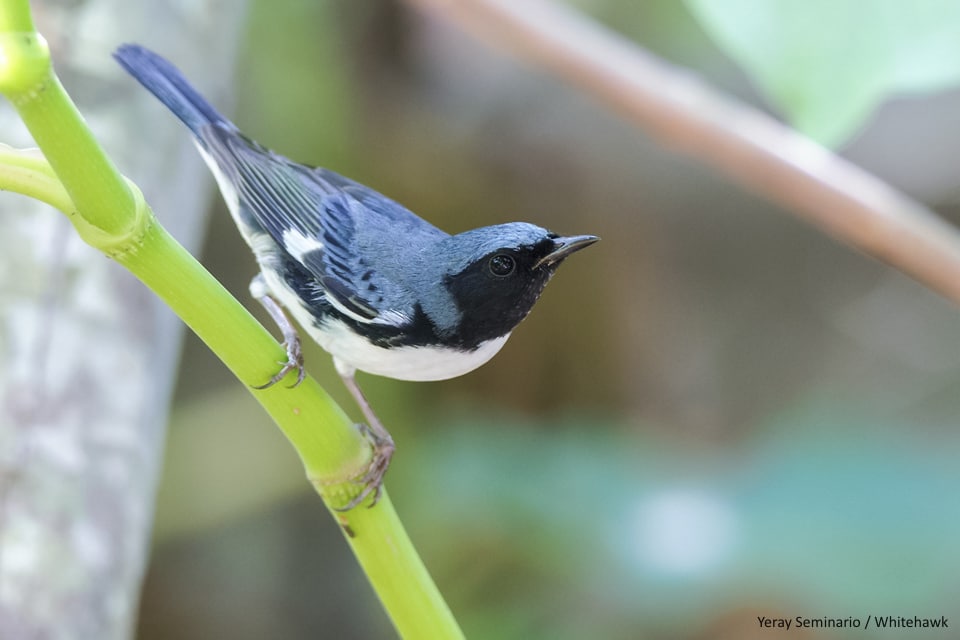
Perhaps there is nothing more peaceful in the world than sitting at our window, on our porch or balcony, or standing in our backyard, watching birds enjoying the space just outside our doors. Perhaps you enjoy the sight of a warbler foraging in your garden. Or maybe you love to watch a flock of irridescent-naped pigeons huddled in a row on a power line. Maybe the best part of your day is listening to a flock of birds chattering at a backyard feeder. No matter, finding or creating a connection with these birds feels special and humbling all at once. Venturing a bit further out, we might do some birding in our neighborhood park or green space. Maybe your town has a botanical garden, a river walk, an open lot, or even one neighbor with an incredibly green thumb whose garden is a haven for birds.
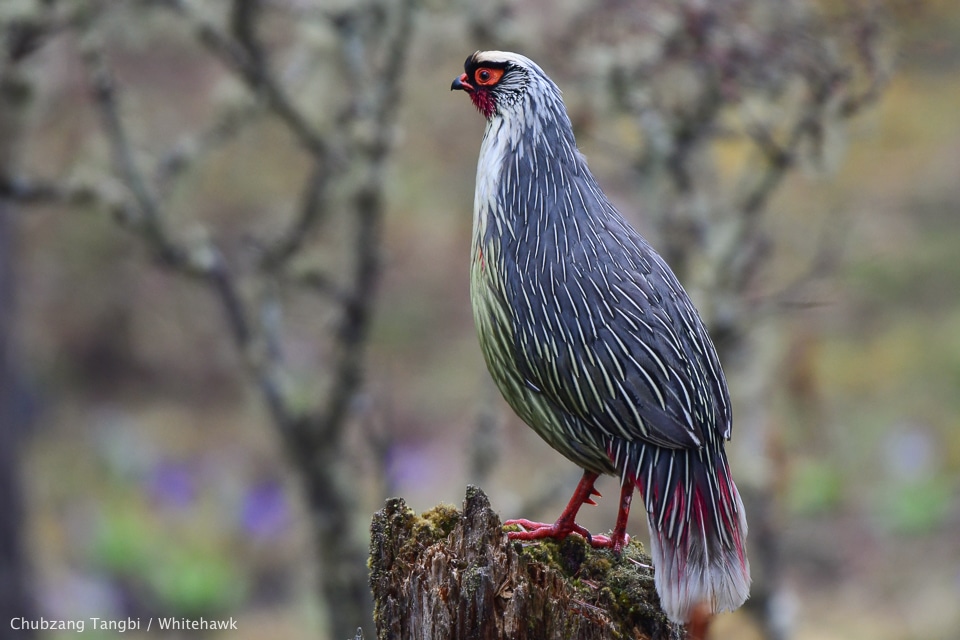
For those who like to travel far and wide, there are so many amazing places to find birds. As an added bonus, traveling away from home gives us an opportunity to meet new people. It allows us to taste unfamiliar foods and walk through previously unknown landscapes. All while seeing some amazing avifauna and other incredible wildlife, and learning about new cultures, histories, and languages. Panama, a nation about the size of South Carolina, boasts over 1,000 bird species, including the spectacular Harpy Eagle. Colombia is the country with the most bird species recorded. New Zealand, Sri Lanka, Cuba, and the Dominican Republic boast many endemic bird species. A trip to Brazil will reward you with sightings of Hyacinth Macaws, Agami Herons, toucans, manakins, and more. Travel to Bhutan, Mongolia, or India for brightly colored pheasants, incredible raptors, dazzling sunbirds, rollers, and more!
Bird alone or in a group
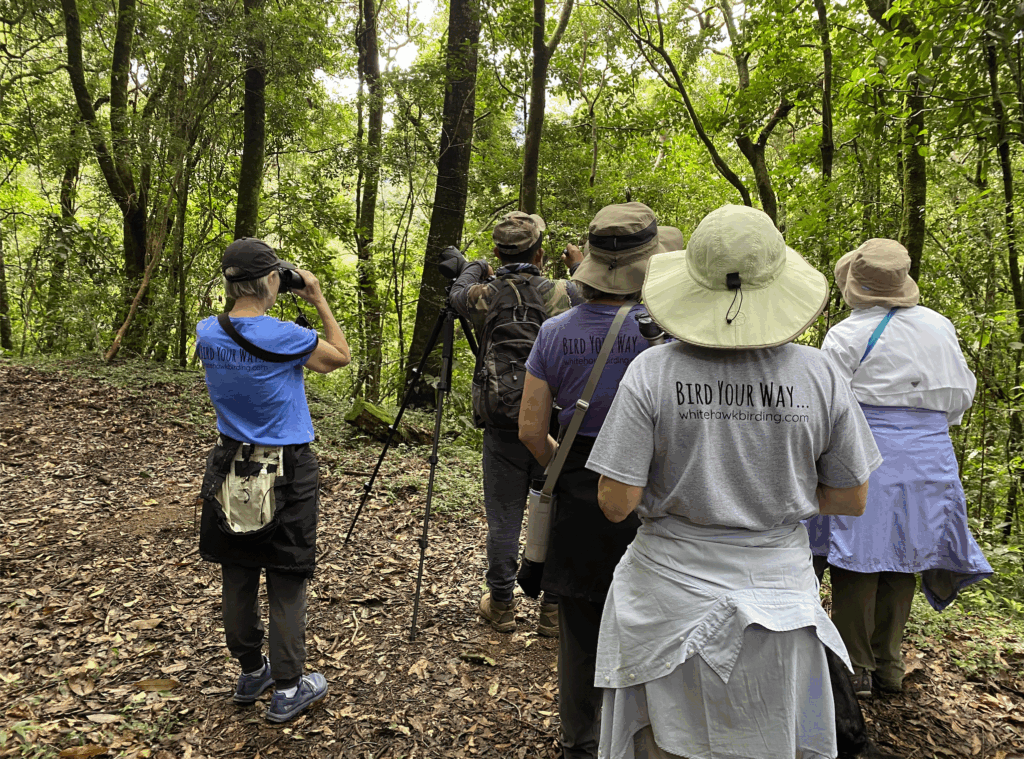
When I am in a familiar place, I love to go birding on my own. Most weekends, and sometimes in the evenings after work, I grab my binoculars and walk in the green spaces near my home. My time is my own, and I enjoy spending it with birds. But when I travel to a new place, I always spend at least a day or two (or more if I can) with a bird guide.
This is a fabulous way to become familiar with all of the new birds I am seeing. It is also a great way to get to the best birding sites. This is especially helpful if you don’t have a lot of time. I love to learn from the guide. And on a private tour, to bird at my own pace with someone finding birds and helping me identify them.
Spending time searching for birds with others who share that interest can be rewarding and fun. There is something to be said for reminiscing about the day over a group dinner, or helping each other remember all the sightings of the day when doing the checklist together, or learning from tour participants about other amazing places they have been, and sharing some of our experiences with them. It is a nice way to make new friends from all over the world.
Target birding, slow birding, or something in between
Target birders are sometimes affectionately known as “twitchers.” They thrill at seeking out and finding rare and elusive species, and work hard to create long life lists. They often travel to specific, sometimes rugged and remote, destinations to seek out birds missing from their lists. There is no doubt that this style of birding requires a lot of dedication. Target birders can put in a lot of time making and reviewing lists. They check eBird or other sites to find hotspots. And they set up trips to target specific species to seek out, photograph, or record. The challenge of searching for and finding hard-to-see birds can be fun and very rewarding.
Other birders bird without any expectations of what they might see. They come to the day open to whatever species show up. This can be a great, no-pressure way to enjoy observing our avian friends. When not in a rush to increase the number of species seen, we can also spend more time watching the individuals we do find. It gives us more time to take note of their colors or their behaviors, and even to search for other wildlife in the area. It is also possible to balance both these types of birding and get something in between.
Bird your way with Whitehawk
No matter how long you have enjoyed watching birds, or the way in which you enjoy doing it, Whitehawk can help organize a fully customizable tour for you or a small group of friends or family. Whether you would like a more intense trip searching for a long list of target birds, or more of a Mindful Birding experience, whether you would like a photography focus, or prefer to spend time learning about the behavior and ecology of each bird, we can design a trip just for you.
As a bonus, all of our tour destinations also include opportunities to focus on other wildlife, culture, history, or anything else that might be of interest to you and your group. Feel free to contact us at any time. We would love to hear from you.

